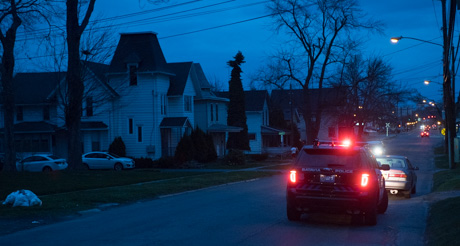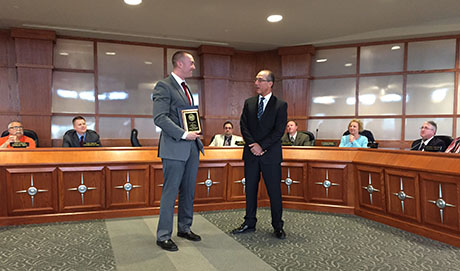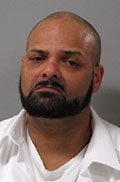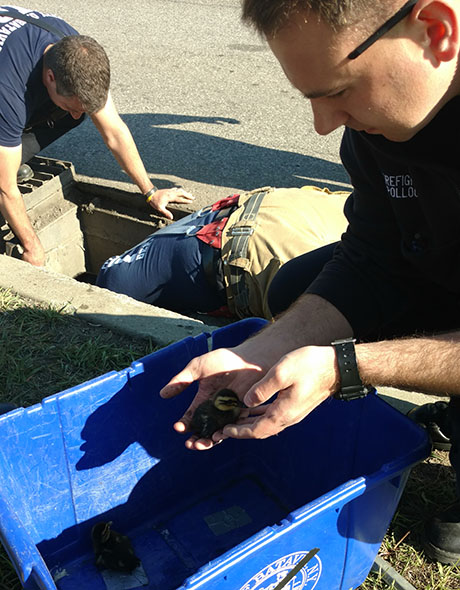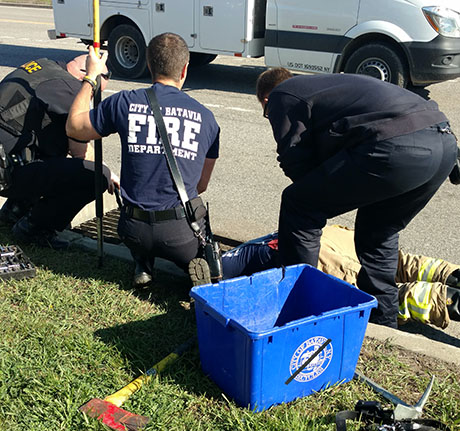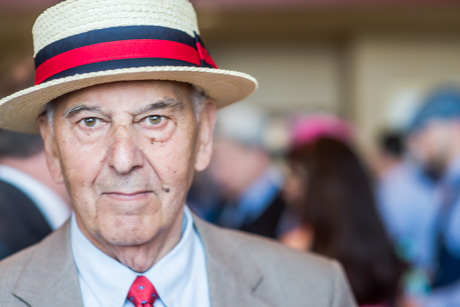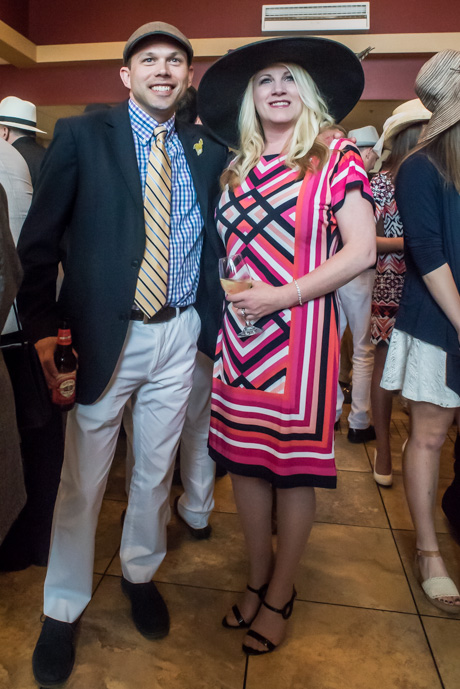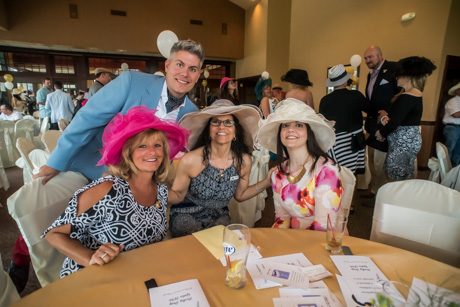A plan to fund Vibrant Batavia for two more years at a cost of $97,000 was narrowly rejected by the City Council on Monday night, but that doesn't mean Vibrant Batavia is dead, or that the city can't look at other neighborhood programs to replace it, said Council President Eugene Jankowski.
"Vibrant Batavia got off to a bad start," said Jankowski, who voted against moving the two-year plan to the council's next business meeting. "It got a stigma, labeled, if you will, as coffee parties and ice cream socials when really it wasn't that, but unfortunately, you only have one chance to make a first impression."
Paul Viele, Kathy Briggs, Al McGinnis and Rose Mary Christian joined Jankowski in voting against the plan.
The plan would have committed $48,500 for 2016-17 and another $48,500 for the following year.
The funds would have come from money already committed in the budget for Vibrant Batavia ($25,000), another $24,000 from last year's unused appropriation, $33,000 from the sale of a foreclosed home on Walnut Street and $15,000 from a community development block grant.
Christian argued that the city has a lot of other needs and the funds would be better spent on parks, sidewalks or police gear.
Both Christian and McGinnis questioned whether Vibrant Batavia really accomplished anything its first three years of existence.
McGinnis said that recent community action to oppose the closure of Park Road and stop a fast food restaurant on West Main Street were citizen, grassroots initiatives and didn't need Vibrant Batavia to get going. That's the American way, he said, not government-funded programs for neighborhood improvement.
"As long as we allow Vibrant Batavia to exist, it becomes a fixture and continues to grow," McGinnis said. "It becomes a mandate and it needs to stop now."
One of the accomplishments placed by some on Vibrant Batavia's resume is improvements to the Summit Street neighborhood over the past year to 18 months.
Christian said there is no way Vibrant Batavia deserves credit for that change. That was the result, she said, of citizens working with the police and code enforcement officer.
"You can't tell me that Vibrant Batavia did this," Christian said.
A short time later, Councilwoman Patti Pacino said exactly that. She said she was at the neighborhood meetings with Summit Street residents right from the beginning, and so was LeAnna DiRisio, then director of Vibrant Batavia. Pacino said Vibrant Batavia was involved every step of the way.
"The residents called LeAnna and said, 'can you help?' " Pacino said. "A couple got together and said, 'we don't have any experience and power.' She was at all of those meetings."
Pacino also rejected the notion that all Vibrant Batavia did was spend money on pizza parties.
"All this money supposedly spent on pizza and ice cream, it didn't come from the city," Pacino said. "Most of it was donated and not taken out of this money."
Pat Burk and Marty Macdonald, both Vibrant Batavia volunteers from the beginning, spoke in support of continued funding.
"People need to know that they can depend on their elected officials and their city officers to ensure that there is pride throughout the community," Burk said.
Macdonald said Vibrant Batavia existed primarily because it was backed by people willing to support it with donations and thousands of hours of volunteer work, but it still needs city backing to continue.
"There are people who believe in our community and the movement taking place," Macdonald said. "They see a vibrant Batavia rising up and they need City Council leaders who are not taking people where they want to go, but where they need to go."
When Vibrant Batavia was first conceived more than three years ago, it was the result of a study of a group of consultants who said the city needed to do more to address deteriorating neighborhoods, because decreasing home values can spiral out of control if neighborhood issues are not addressed.
The original plan was for Vibrant Batavia to be established as a five-year project, but every year since, some council members have forced it to fight for its existence, annually calling into question whether the city should be involved in backing the initiative.
City Manager Jason Molino's plan was intended to get it through the final two years of that five-year plan and then see where to take it from there.
Last year, the council reached a compromise for one more year of funding but made it contingent on Vibrant Batavia finding another $15,000 in funding not from a city source.
Molino argued that the auction of the house on Walnut for $33,000 met the criteria. That is money being reinvested back into neighborhoods, he said. Originally, the city wanted to donate the house to RochesterWorks!, and much like Habitat for Humanity, allow RochesterWorks! to finish the rehabilitation on it and then sell it to fund Vibrant Batavia. This clearly would have met the funding goal, Molino said, but legal barriers prevented that plan from moving forward, so the city auctioned off the house itself.
McGinnis argued that Vibrant Batavia had failed to meet its financial obligation.
"Using the home sale money is not going to fly," McGinnis said. "It's short and simple: you failed to meet your goal and you're finished. You don't have the money, game over."
After the meeting, picking up on prior statements by Molino that Vibrant Batavia is really a committee of the city appointed by the council, just like any other committee, and other city committees aren't expected to raise their own funding, Jankowski said perhaps Vibrant Batavia should have raised an objection a year ago to the self-funding requirement.
"They should have addressed it much sooner," Jankowski said. "People kind of felt like it was a scam."
Jankowski said he's favored all along a one-year plan for Vibrant Batavia, that such a request might have a better chance of getting through the council. A one-year plan, he said, he would be more likely to support than a $96,000 two-year plan.
But he also questioned both some of the specifics of the plan rejected by the council and even whether there is that great of a need for a group like Vibrant Batavia.
One of the specific tasks of the two-year plan was to select two neighborhoods for a "curbside appeal" program where a consultant would produce artist renderings for more than 200 homes showing residents how with a little work they could improve the appearance of their houses.
"Do we really need artists renditions of people's homes?" Jankowski said. "Will people really spend money to get a nice picture of 'this is what your house could look like,' and you're like, 'I don't have $10,000 to do that kind of landscaping.' "
On the other hand, there's no reason for the city not to go back to the drawing board on neighborhood improvement efforts, whether that's called Vibrant Batavia or something else, Jankowski said.
He favors what he's seen work during his own 35-year police career. Years ago, Pat Corona (now retired) started a neighborhood policing program that had police officers knocking on residents' doors when local crimes were reported, not just to seek witnesses and warn of break-ins, but to make connections.
That evolved, he said, into the local drug task force, and instead of instant feedback, months-long investigations fell behind a necessary cloak of secrecy and people no longer had direct knowledge that problems in neighborhoods were actually being addressed.
Maybe the $33,000 from the sale of Walnut Street should be spent on sending a couple of police officers to community policing school, Jankowski said.
On the other hand, things in Batavia really aren't as bad as some people sometimes make it out to be. He remembers a floating crap game on Ellicott Street, and parking lots filled with beer-swilling men and kids drag racing on Main Street.
"I'm not seeing that kind of activity that I saw in the beginning of my career," Jankowski said. "I mean, things were really bad. There were shootings. There were murders. Now they are fewer and farther between."

